
Add carbon capture to the list of potential ways railroads could reduce or eliminate greenhouse gas emissions from their fleets of diesel-electric locomotives.
Remora, a Michigan-based startup company, is developing a tender-based system that can capture carbon dioxide from locomotive exhaust, liquify the gas, and store it on board. The liquified carbon dioxide would be unloaded during locomotive refueling stops and then sold to various industries that use the gas.
Remora expects to begin stationary testing soon using former CSX C40-9W No. 9043, which it acquired from Wabtec. (The 9043 is an oddball, with Dash-9 innards mounted on a Dash-8 frame.) This week the locomotive will be spotted on Remora’s new spur off the Lake State Railway, which runs behind the startup’s headquarters in Wixom, Mich.
“Our first step is to build an unpackaged version of the system that’s locomotive scale,” Remora co-founder and CEO Paul Gross tells Trains News Wire. “We’re actually just going to be spreading it out across two flat cars on our spur. And the reason for that is we want to be able to easily access the components, iterate quickly, move them around, add sensors. And then once we validate that system, we’ll crunch it all up onto a single tender, which we’ll ship off to a deployment with a railroad.”
Union Pacific will be the first to test the prototype carbon capture car in revenue service next year. Remora’s rail partners also include Norfolk Southern, Pacific Harbor Line, and Genesee & Wyoming short lines Buffalo & Pittsburgh and Indiana & Ohio. After an initial pilot on UP, the company also expects to conduct further testing at MxV Rail in Pueblo, Colo.
Remora, which has received $117 million in funding from venture capital firms, counts former BNSF and CPKC rail executives among its advisors. Lake State’s chief mechanical officer also is an advisor, as is a former General Electric executive who led the engineering effort that developed the first EPA Tier 4 locomotive.

Remora envisions piping exhaust directly from the locomotive stack into the tender, where the company’s system extracts and purifies up to 90% of the carbon dioxide, while also reducing soot, particulates, and nitrogen oxides. The gas is liquified and then stored in a 20-foot ISO container on board the tender.
Power to liquify the gas will come from an on-board generator, whose exhaust also will be scrubbed. The carbon capture car’s maintenance cycle will be synced with the 184-day interval for Dash-9 locomotives.
Among the technical and operational hurdles the company aims to address: How the exhaust duct connection between the locomotive and tender can stand up to the rigorous forces of slack and lateral and vertical movement as a train rolls down the track and negotiates curves and turnouts.
“It’s a fascinating problem,” Gross says. “There are four different degrees of motion that we have to handle, and there’s obviously the buff and draft across the coupler, but there’s also the shock and vibration.”
Remora wants to ensure that the ducting is durable and doesn’t leak any exhaust yet is still simple for crews when they’re coupling the car to a locomotive.
“This has been a huge focus for us. It’s one of the reasons that we’re working with so many experts in the industry,” Gross says, noting that the duct design was a focus of talks with UP maintenance and operations teams in Omaha, Neb., last week.
One of the advantages carbon capture has over alternative propulsion systems like hydrogen fuel cells or battery electrics is that railroads can continue to rely on their proven diesel-electric fleets and existing fueling infrastructure.
“We want this to be absolutely seamless for the railroads. One of the key pieces of our mission is that this needs to work operationally,” Gross says.
Offloading infrastructure would have to be developed for the carbon dioxide, however, and the presence of Remora tenders could complicate refueling. A four locomotive consist, each with its own carbon capture car, would extend beyond the length of some refueling pads.
But Gross points out that more widespread use of distributed power has reduced the number of locomotives on the point. “You often have a fueling pad that’s built for five locomotives, while your head-end consist has gone down to three locomotives,” Gross says. “So there will be some space left on the fueling pad because a lot of these fueling pads are five locomotives long.”
The carbon dioxide would be offloaded during fuel stops. “We definitely don’t want to slow down that fueling pad operation. We certainly don’t want a second spotting event. We want to make this as seamless as possible,” Gross says.
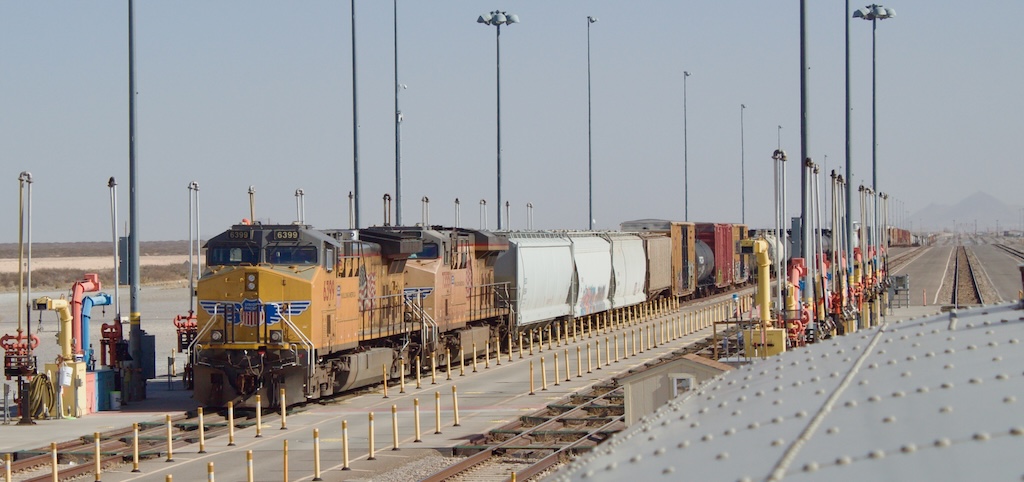
Remora’s business model aims to sell the carbon capture tenders to railroads, which will then get a cut of the revenue generated from selling the carbon dioxide. The company says the carbon capture equipment will pay for itself over its lifetime and produce a positive return for railroads.
Remora says there’s a market for carbon dioxide gas, which is used in agriculture, the food and beverage industry, and concrete manufacturing. The vast majority of commercial carbon dioxide is produced in the Midwest and Gulf Coast.
The rest of the country is what Gross calls a CO2 desert, where the gas is sometimes in short supply. “Three quarters of the folks we’ve talked to say they can’t get enough CO2 supply to meet their annual needs,” Gross says.
Railroads praised the exhaust scrubbing concept and say it could be part of their toolbox for reducing their greenhouse gas emissions.
“Union Pacific is proud to be the first Class I railroad to pilot Remora’s groundbreaking locomotive exhaust carbon capture technology to reduce greenhouse gas emissions,” spokeswoman Kristen South says. “While rail is already the most environmentally responsible way to move freight over land, this collaboration underscores our ongoing commitment to advancing sustainable solutions.”
“Rail is the most sustainable way to move freight over land. We’re always seeking to boost that advantage, and ideas like those from Remora have the possibility to do that,” NS spokesman Chad Previch says. “We view sustainability as ways to improve operations, help customers achieve their goals and provide benefits for the environment and our communities — all potential aspects of this pilot. In addition, we’d cut emissions at no cost to Norfolk Southern. In fact, through the revenue sharing opportunity, we’d sell the purified CO2 to third-party customers.”
UP is acquiring 20 battery-electric locomotives for use in yards and is currently testing hybrid electric locomotives in yard service through a partnership with ZTR [see “Union Pacific unveils first mother-slug set …,” News Wire, April 29, 2024]. NS, meanwhile, is partnering with Alstom on hybrid switching locomotives [see “Alstom, Norfolk Southern awarded …,” News Wire, Nov. 22, 2024]/
CPKC and CSX are developing hydrogen fuel cell locomotives for both yard, local, and road service. Wabtec and Progress Rail are building battery electric locomotives and are working on hydrogen-powered locomotives.
The Class I railroads also are stepping up their use of biodiesel and renewable diesel fuel blends. Remora says its system will compliment, rather than compete with, the emissions reductions offered by wider use of biodiesel and renewable diesel.
While renewable diesel reduces carbon intensity by 71%, it only reduces emissions of nitrogen oxides by 11% and particulate matter by 37%, according to Remora. The carbon capture system can reduce those emissions by 85%, the company says.
“Paired with renewable diesel, carbon capture can make a train carbon negative,” Remora says.
If Remora is successful, will the company ramp up to full-scale production or sell its technology to a railroad equipment manufacturer?
“We definitely want to build a big public carbon capture company. So our ultimate exit strategy is an IPO,” Gross says. “We want to manufacture these ourselves, and obviously we’ll be doing that with a lot of great partners. We probably won’t be building the railcar itself. We’ll be building a skid that goes on top of a custom flat car, which will be built by one of the large railcar builders.”
Gross says the company also could branch out into other carbon capture opportunities, including container ships and natural gas reciprocating engines used in data centers that support artificial intelligence.
Carbon capture systems for industrial and transportation uses have not caught on, partly due to economic, logistical, and scalability hurdles. Industrial pilot projects have had high capital and operating costs. The systems also impose a so-called energy penalty because so much additional energy is required to capture and store CO2.
What makes Remora different?
“Well, a couple things. The first is that we’re taking a different technical approach to carbon capture. The standard approach is using this solvent called an amine. And unfortunately amines when they degrade release carcinogens and would be very challenging to implement on a mobile platform because they’re liquid solvents. So they’d slosh around. They’re also extremely corrosive,” Gross explains. “We have been able to leverage this new technology, solid sorbents, which really just were created in the last couple of years that perform well in the presence of exhaust, and that’s unlocking the opportunity to deploy in a mobile application.”






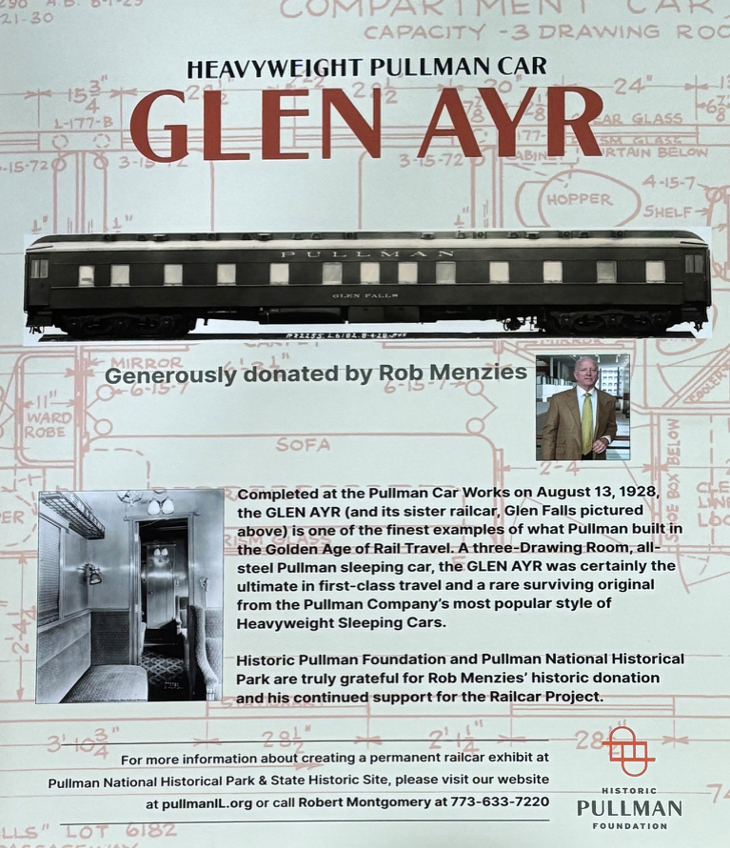
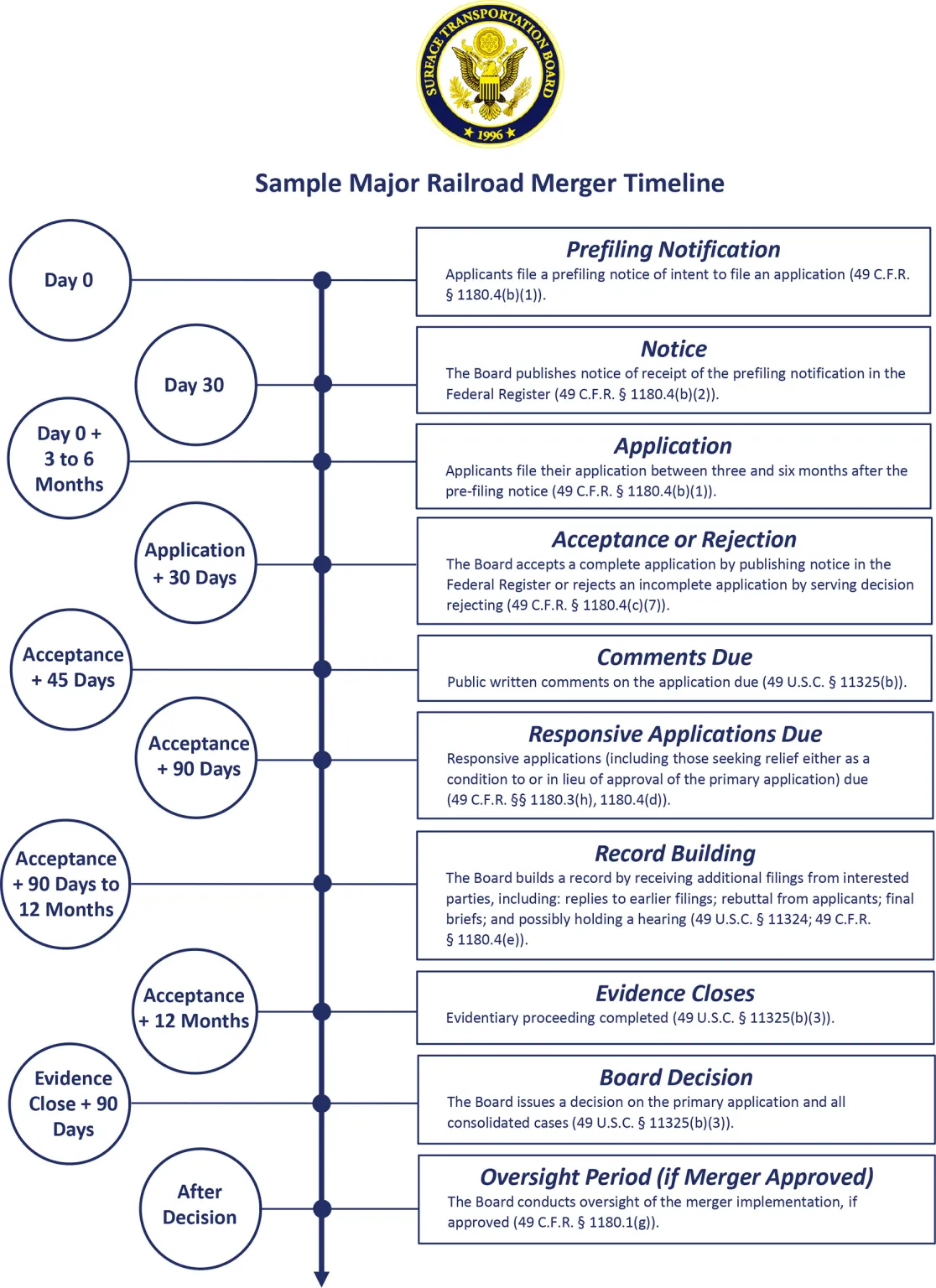



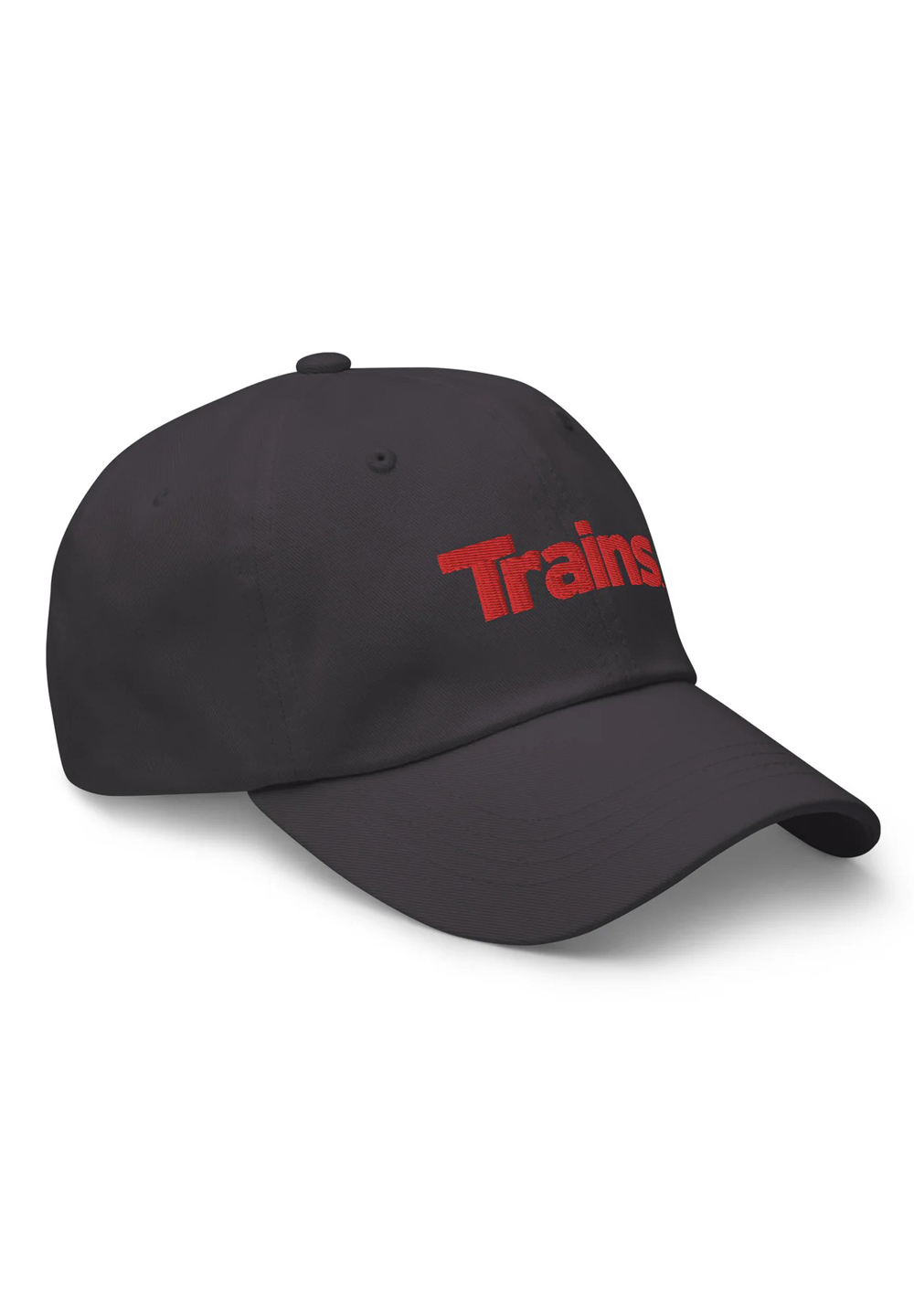
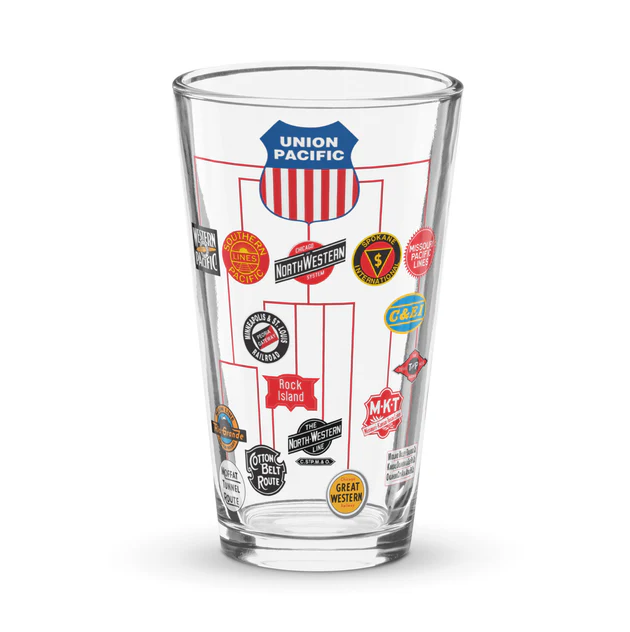
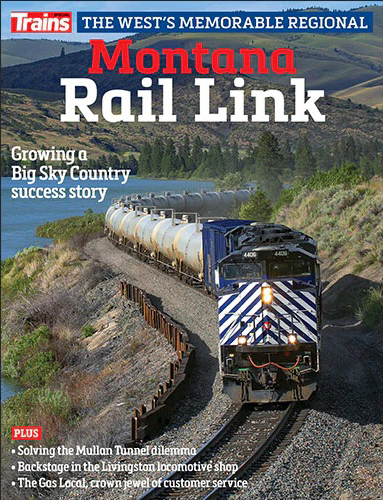
Funny, the name of the company is based on a parasitic salt water fish, the Remora, that uses a dorsal sucking disc on its head to attach itself to larger fishes (Sharks, whales and such) and get a free ride and well as free food or wastes from the hosts feeding forays, without hurting the host though it may slow it down some… They are also known to clean other smaller parasites off of the host.
curiousspecies.com/my-species/blog-post-title-one-yemxk-m29ek-dhngg-w852d-pr2mn-rx3pm-gm2rj-acerw-wca8h-j9yl6-3hf5w-wypyl-8jlcn-8y34a-we9ft-9mgen-9a7hw-yg4t5-4n388-xy7k3-p7ksp-dbdzc
Funny, the name of the company is based on a parasitic salt water fish, the Remora, that uses a dorsal sucking disc on its head to attach itself to larger fishes (Sharks, whales and such) and get a free ride and well as free food or wastes from the hosts feeding forays, without hurting the host though it may slow it down some… They are also known to clean other smaller parasites off of the host.
http://www.curiousspecies.com/my-species/blog-post-title-one-yemxk-m29ek-dhngg-w852d-pr2mn-rx3pm-gm2rj-acerw-wca8h-j9yl6-3hf5w-wypyl-8jlcn-8y34a-we9ft-9mgen-9a7hw-yg4t5-4n388-xy7k3-p7ksp-dbdzc
who would have thunk it? A diesel loco with (steam loco ) tender!
It seems like they could simplify the concept by coupling it to one of the battery electric locomotives Wabtec is testing. Put the engine and alternator on the “tender”, eliminate the ductwork and problems associated with that, charge the batteries from the “tender”, put traction motors on the “tender” and make it a locomotive. Hell, build it on UP Centennial locomotive frames as one unit. Or articulate it on a B-B-B six axle unit. But the “tender” idea will be a no go.
Marybe an unpowered tender but that would be a minor matter to upgrade. My question is will railroads have to change their maintenance procedures to prevent flames shooting out of exhaust stacks by malfunctioning engine cylinders or turbo chargers and will those flames effect the work of the Remora unit to perform its “cleaning: function? Locomotive exhaust can be quite abrasive as it has been a problem with tunnel linings for years…
Something to talk about…